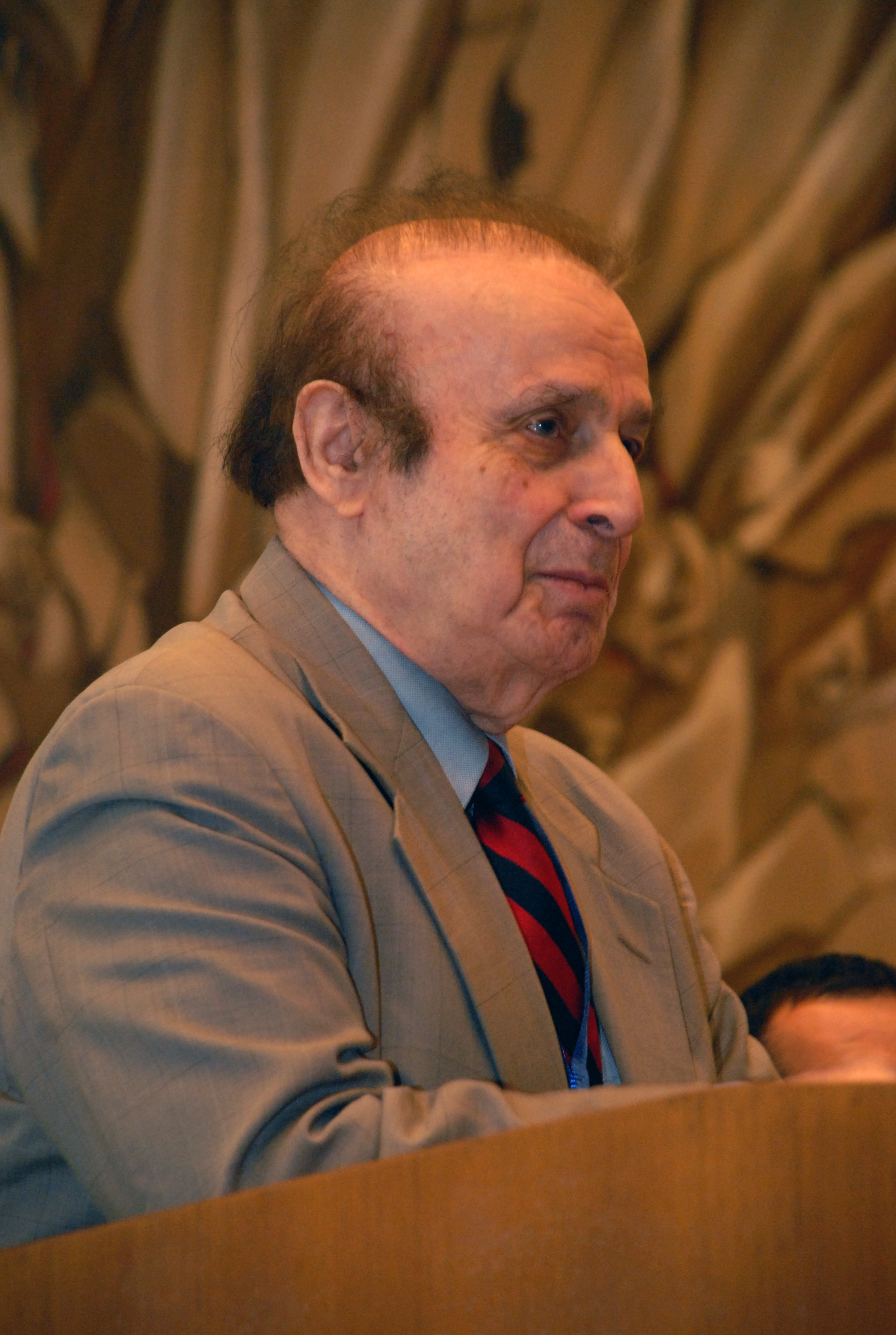26.05.2023
 Vahakn Dadrian
Vahakn Dadrian
(1926-2019)
The employees of the Armenian Genocide Museum-Institute today paid a visit to the grave of the world-renowned Armenian Genocide scholar Vahakn Dadrian.
May 26 is Vahakn Norair Dadrian’s birthday. He was a famous Armenian scientist, prominent Genocide scholar and a famous scholar of the history of the Armenian Genocide. He was a descendant of Armenian Genocide survivors. His family, having survived the Armenian Genocide and following the path of exile, first settled in Damascus. The family then moved to Constantinople, where his father, Hagop Dadrian, married for the second time and where Vahakn Norair Dadrian was born on 26 May 1926.
Vahakn’s childhood memory held stories of Armenian women that, having survived the Armenian Genocide, would gather on various occasions for secret conversations in which the terrifying word “massacre” was constantly heard. He was, however, unaware at that time of what had happened because there was an accepted habit of not raising this topic within Armenian families in Constantinople. This was also because mention of the Armenian Genocide was officially forbidden in Kemalist Turkey.
Dadrian went to Berlin to obtain a university education, where he studied mathematics. He later transferred to the University of Vienna, but after some time completely changed the direction of his education, moving to its Faculty of Philosophy.
The turning point for his final professional orientation was, however, his reading the novel “The Forty Days of Musa Dagh” by the Austrian writer Franz Werfel, which shocked the young man.
Dadrian continued his education at the University of Zurich, specialising in international law. He wrote his dissertation specialising in sociology and received a doctorate from the University of Chicago in 1954.
One of the fateful events in Dadrian's life was the meeting with the Catholic priest Krikor Kerkerian in Beirut in 1965, when he learnt, for the first time, of the existence of real documents about the Armenian Genocide.
Looking at the Armenian Genocide from the point of view of international law, the well-known scientist managed to separate it from its emotional and sentimental context and give it an international and universal resonance based on documentary material.
Dadrian is one of the founders of comparative genocide studies
[1], who brought the Armenian Genocide and the Holocaust into the field of scientific comparison. Apart from researching issues relating to the Armenian Genocide, the famous scientist was also a pioneer fighting relentlessly against Turkish denialism.
22 monographs written in different languages, about 140 scientific articles and numerous publications as well as interviews belong to this prominent genocide scholar’s pen. His main works are related to the history of the Armenian Genocide, questions concerning comparative genocide studies and analyses of the legal and psychological aspects of genocide.
Dadrian gave lectures on genocide issues in many universities of the world, in a number of scientific and public centres and in international courts. Dadrian’s archive, containing many thousands of pages, is a valuable scientific heritage.
Vahakn Dadrian passed away on 2 August 2019. Considering his international reputation, his tireless struggle for justice and recognition of the Armenian Genocide and his great scientific contribution to it, the RA government decided to transfer his remains to Armenia.
See also:
Lusine Sahakyan, “Vahakn Dadrian. Prominent researcher of the Armenian Genocide,” Historical-Philosophical Journal 1 (2023), 3-33.
Suren Manukyan, “On the issue of scientific classifications of genocides,” Journal for Genocide Studies 9, No 2 (2021), 55-75.
Aram Mirzoyan, “Vahakn Norair Dadrian” Journal for Genocide Studies 7, No 2 (2019), 118-121.
Notes:
[1] The AGMI Department of Comparative Genocide Studies bears Vahakn Dadrian’s name.





